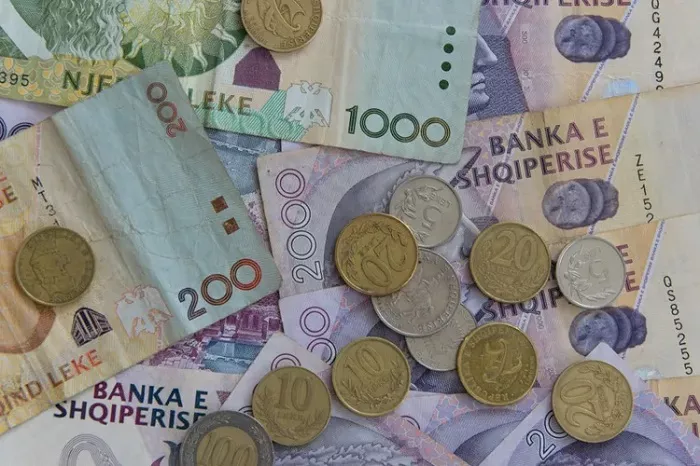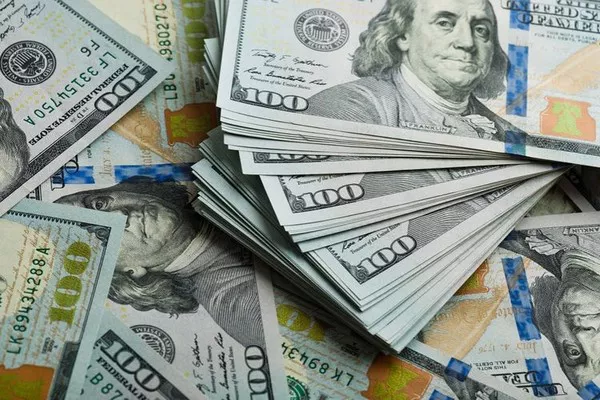Nestled in the heart of the Balkan Peninsula, Albania boasts a rich history and a unique cultural identity. Central to its economic landscape is the Albanian Lek (ALL), the national currency that has evolved alongside the country’s journey through various historical epochs. In this article, we embark on a detailed exploration of the Albanian Lek, unraveling its history, symbols, codes, and denominations.
Albanian Lek Currency History
Origins and Early Development
The roots of the Albanian Lek can be traced back to the early 20th century when the country declared its independence in 1912. Prior to that, Albania had been under Ottoman rule, and various foreign currencies, including the Ottoman lira, circulated in the region. In the aftermath of independence, the need for a national currency became imperative to establish economic sovereignty.
The first series of Albanian banknotes and coins were issued in 1926 by the National Bank of Albania, marking the birth of the Albanian Lek. This initial introduction aimed to create a stable and reliable monetary system for the fledgling nation. Over the years, the currency has undergone several transformations, reflecting both economic developments and historical events.
Communist Era and Isolation
The communist regime that ruled Albania from the end of World War II until the early 1990s left an indelible mark on the country, including its monetary system. During this period, the Albanian Lek experienced limited international exposure due to the country’s self-imposed isolation. The government tightly controlled currency exchange and foreign trade, contributing to a distinct economic landscape.
Post-Communist Transition
The collapse of communism in the early 1990s marked a pivotal moment in Albanian history and had profound implications for its currency. The transition to a market-oriented economy brought about significant changes, including a shift towards a more open and globalized financial system. The Albanian Lek underwent a redenomination in 1992, with new banknotes and coins introduced to stabilize the economy.
Integration with the European Union
In recent years, Albania has pursued closer ties with the European Union, seeking eventual membership. This aspiration has influenced economic policies, including efforts to align the Albanian Lek with European standards. The National Bank of Albania has implemented reforms to enhance the stability and credibility of the currency, fostering an environment conducive to foreign investment and economic growth.
Albanian Lek Currency Symbol
The symbol of a currency serves as a visual representation of its identity and is often a key element in communication and financial transactions. The symbol for the Albanian Lek is “L,” derived from the first letter of the currency’s name in Albanian, “Leku.” This symbol is used internationally to denote the Albanian Lek in a standardized and recognizable manner.
The adoption of a distinct currency symbol is a crucial aspect of a nation’s financial identity, helping to distinguish its currency from others on the global stage. The “L” symbol for the Albanian Lek reflects the country’s commitment to establishing a strong and recognizable presence in the international economic arena.
Albanian Lek Currency Codes
Currency codes play a vital role in international finance, facilitating seamless transactions and providing a standardized way to represent currencies in various financial systems. The Albanian Lek is assigned the currency code “ALL” in accordance with the ISO 4217 standard. This three-letter code is internationally recognized and used in financial markets, banking systems, and other contexts where precise currency identification is essential.
The use of currency codes ensures clarity and accuracy in financial transactions, preventing confusion and errors that may arise from the diverse range of currencies used worldwide. The designation of “ALL” for the Albanian Lek aligns with global conventions, simplifying the integration of the currency into the international financial system.
Albanian Lek Denominations
Banknotes
The Albanian Lek is issued in various denominations, with banknotes featuring prominent figures, historical landmarks, and cultural symbols. As of the latest update, the banknotes in circulation include denominations of 200, 500, 1000, 2000, and 5000 Lek. Each banknote is designed with intricate security features to prevent counterfeiting and ensure the integrity of the currency.
The choice of individuals and symbols depicted on the banknotes often reflects the nation’s history and cultural heritage. From national heroes to architectural marvels, Albanian Lek banknotes provide a visual narrative that connects the past with the present.
Coins
In addition to banknotes, coins are an integral part of the Albanian Lek’s denominational structure. Coins are issued in values of 1, 5, 10, 20, and 50 Lek. The designs on these coins often showcase national symbols, historical figures, and elements that represent the country’s identity. The use of coins for smaller denominations facilitates everyday transactions and contributes to the overall efficiency of the currency system.
Evolution of Denominations
The evolution of denominations in the Albanian Lek reflects the country’s economic growth and changing monetary needs. Over the years, adjustments to the denominational structure have been made to accommodate inflation, improve transactional efficiency, and align with international standards. The National Bank of Albania plays a pivotal role in overseeing these changes and ensuring the stability of the currency.
Conclusion
The Albanian Lek stands as a testament to Albania’s journey through history, from the tumultuous early years of independence to the challenges and reforms of the present day. Its evolution reflects not only economic considerations but also the cultural and political dynamics that have shaped the nation.
As Albania continues to forge closer ties with the international community, the Albanian Lek plays a vital role in facilitating trade, investment, and economic development. The currency’s symbols, codes, and denominations contribute to its identity on the global stage, emphasizing Albania’s commitment to financial stability and integration.
In conclusion, the Albanian Lek is more than a unit of currency; it is a tangible representation of a nation’s resilience, growth, and aspirations. As the country navigates the complexities of the modern economic landscape, the Albanian Lek remains a symbol of Albania’s enduring spirit and its place in the global community.



